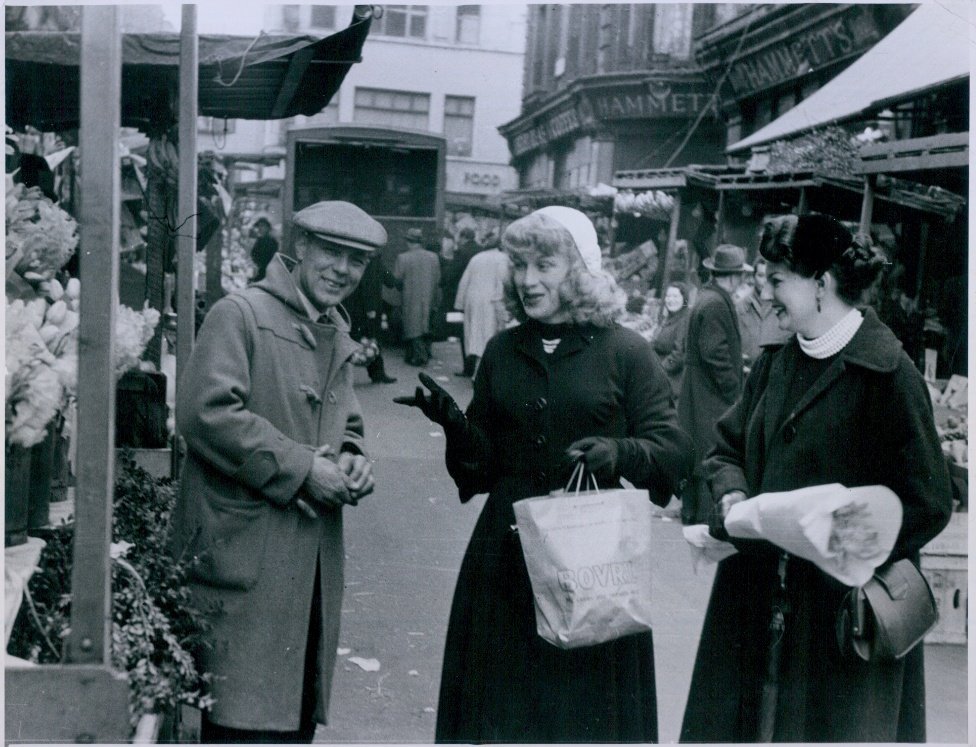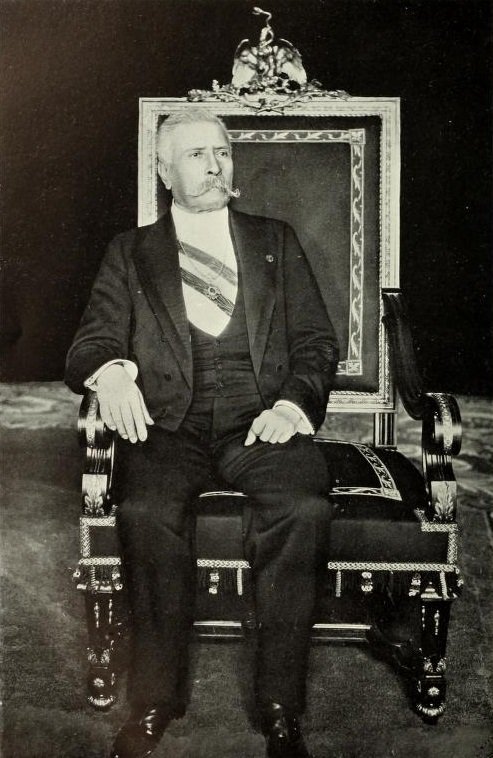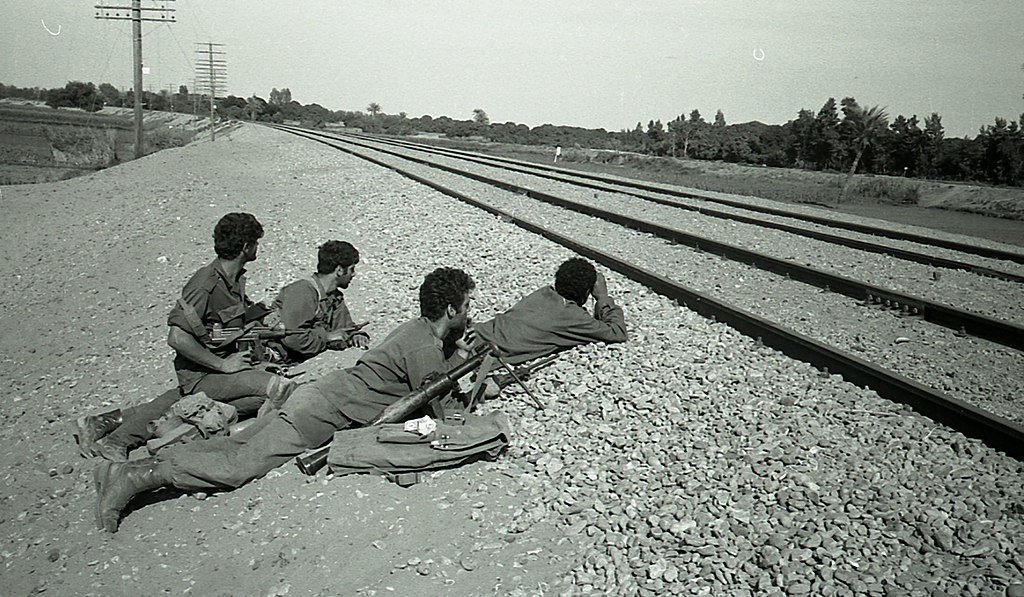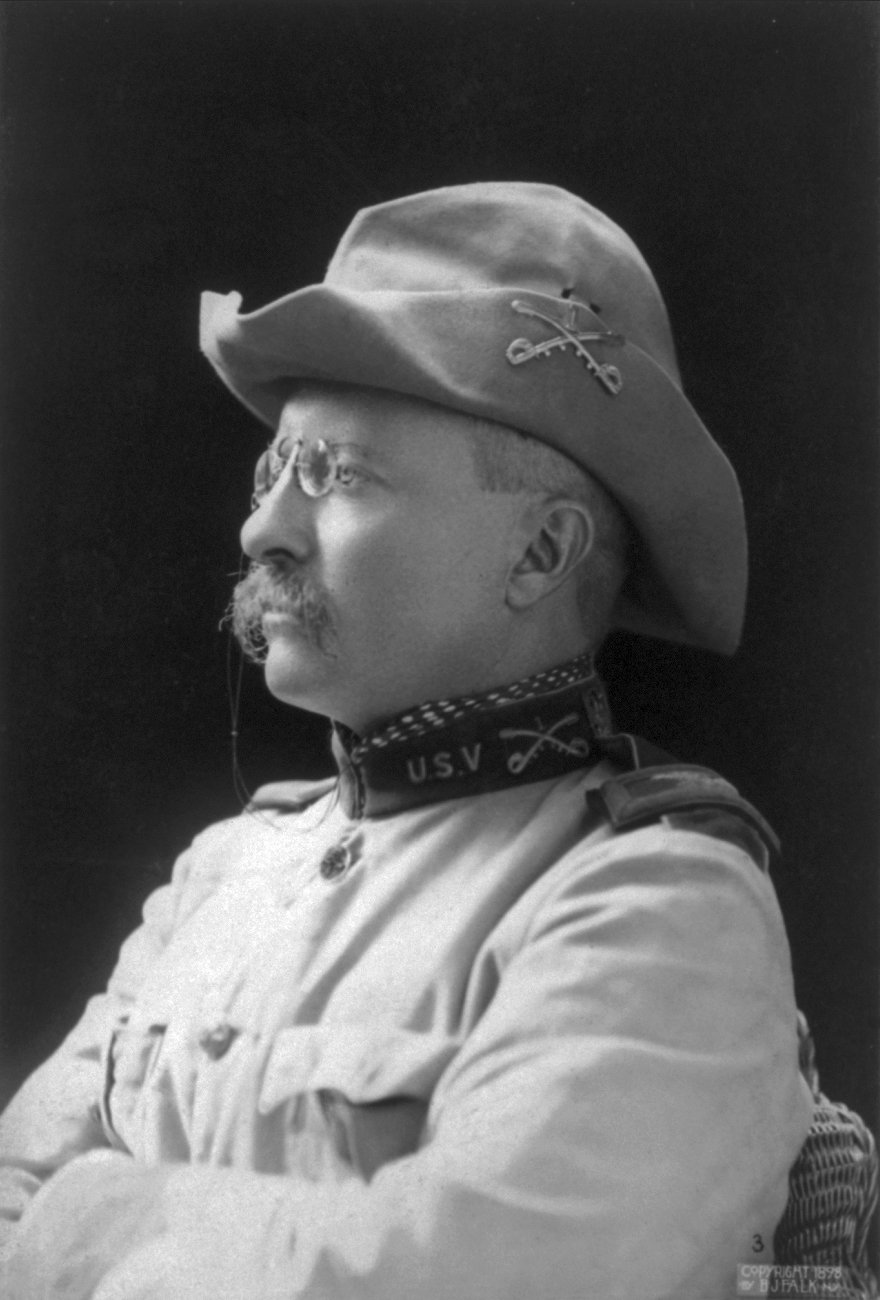Roberta Elizabeth Marshall Cowell (1918-2011) was the frist known British trans woman to undergo gender-affirming surgery in 1951. Sammie Casper-Mensing looks at Roberta Cowell and what has happened since the 1950s.
Roberta Cowell in France, 1954. Source: Digital Transgender Archive, available here.
Being trans in Britain is not easy. A university student in 2018 shared that they were “laughed at, ridiculed, and became the butt of jokes that normally gender me as a woman. This has been constant since day one.”[1] Today trans people in Britain deal with social stigma and difficulty navigating and receiving gender-affirming care. But, as highlighted by the life and experiences of Roberta Cowell, the first known British trans woman to have gender-affirming surgery, being trans in the United Kingdom has never been easy. Writing in 1954, Cowell noted that “Many people were extremely kind and pleasant to me, but an equal number would go out of their way to treat me as though I were an unpleasant, perverted freak. They had no hesitation in making their attitude abundantly clear, perhaps because they considered that I had no feelings at all, perhaps because they wanted to hurt me as much as possible.”[2] Roberta Cowell transitioned more than 70 years ago, and despite her fame and improvements in the broader National Health System, trans people in Britain still experience harassment from the public and barriers to accessing gender-affirming care.
In 2018, Chaka Bachmann and Becca Gooch published the results of their survey of over 5,000 lesbian, gay, bisexual, and transgender individuals in Britain. The study produced by Stonewall, a UK-based charity that advocates for LGBTQ+ rights, aimed to assess the quality of life for LGBTQ+ British people. The Stonewall research study, which I will be referencing throughout this analysis, surveyed over 5,000 lesbian, gay, bisexual, and transgender individuals about their lives in Britain.[3]
In comparing Roberta Cowell’s life as a trans woman to the transgender individuals surveyed in the 2018 Stonewall trans report, it becomes clear that the barriers to gender-affirming care in Roberta Cowell’s life are still prevalent amongst transgender people today. These barriers transcend time and result in emotional distress for many in the trans community due to financial hurdles, social expectations, and mental health concerns.
Financial burden
One obstacle Cowell faced was the financial burden of gender-affirming care. Roberta Cowell underwent a variety of physical changes during the process of her transition, including hormone treatment, sex reassignment surgery, and plastic surgery to modify her facial features.[4] It took several years to complete these changes, and Roberta expressed her concern about the financial toll of the process, describing that “I would have to have money enough to pay for surgery and treatment, and also to start over again in a different environment when I finally made the changeover from trousers to skirts. I would also have to allow for an indefinite period during which I would be unable to work.”[5] This illustrates the financial complexity of receiving gender-affirming care as the medical treatment is only one of many factors that contribute to the cost of this process.
These financial concerns continue today, even as the majority of countries in Europe have universal healthcare. The Stonewall report found that nearly half of the trans respondents indicated that they don’t have the financial means to afford medical intervention, either because of the cost of treatment or travel expenses associated with reaching the medical facilities.[6]
Availability
The respondents of the Stonewall study also noted the difficulties that arose when attempting to find availability for gender-affirming care. Almost half of the respondents reported wanting to undergo some sort of medical intervention but were unable to because long wait times prevented them from accessing treatment.[7] One of the respondents in the Stonewall study explained “I am currently on the waiting list to start hormones and so far, my first appointment has been pushed back by nine months, added onto the nine months I have already waited. They have given me false hope and told me that my appointment would be in the next month, then continued to say the same thing month after month.”[8]
Although Roberta Cowell did not explicitly regard wait times as being an obstacle to her gender-affirming care, she did remark that she did not have an appointment for her gender-affirming surgery until nine months after she was legally registered as a woman on her birth certificate.[9] Whether this waiting period was a choice or not is hard to say, as Roberta does not reveal the purpose of this timing. The decision may have been hers or could have been the result of other obstacles, such as cost or an inability to immediately move to a new environment post-surgery.
In her memoir, Cowell admitted that she was hesitant to make the transition. She understood the social challenges this could bring to her life. There was the possibility of being labeled an outcast, or not being able to successfully present as a woman. This apprehension is apparent in her writing, as Cowell admits that “I had no desire to become a freak…There was the possibility that when it was all over I might not be socially acceptable as a woman. There was the possibility that I might become an invalid.”[10] Roberta never mentioned discrimination in her autobiography, but her fear of being labeled as a “freak”[11] illustrates the implicit doubt that loomed in her mind surrounding being accepted by society. Many of the participants in the Stonewall study faced similar concerns, although these concerns oftentimes revolved around a fear of discrimination or familial rejection. In the 2018 study, two in five trans people in Britain reported that they altered the way they dressed because they feared discrimination or harassment.[12] One of these respondents described the hostility he has faced as a trans man, sharing that “I get shouted at every single time I leave my house and threatened at least once a week. I try to closet myself from my family because I’m so close to getting kicked out. I can’t access hormone replacement therapy without going private. I’m disabled. It’s a lot to deal with and I’m crumbling under the stress but I consider myself a warrior. But really, something needs to change.”[13]Additionally, two in five trans who wanted to utilize medical interventions reported that they have not done so for fear of disrupting their family life.[14]
Necessary
Though “coming out” as trans and seeking gender-affirming care has been and can be challenging, a common experience among trans folks–from Cowell to the participants of the Stonewall study–is how necessary the transition is. Cowell described her pre-transition life as an “inky-black depression”[15] and went as far as to write that if she did not seem to be getting better, “then I considered I should be justified in taking my own life.”[16] Lack of support from family and the inability to access gender-affirming care puts trans people in a difficult position regarding their mental health and well-being. According to HPCLive, transgender youth who were able to receive gender-affirming care were 73% less likely to experience suicidality in comparison to youths who did not receive gender-affirming interventions.[17] A Stonewall study respondent emphasized this point, affirming that “We need more services available for trans people, so it gets easier to get hormones and surgery. Not sure I'd even be alive right now if I hadn't transitioned.”[18]Additionally, 1 in 5 transgender and non-binary youth attempted suicide between 2021 and 2022.[19] Another participant in the Stonewall study shared his struggles with suicidal ideation, revealing that“Coming out as transgender was the hardest thing I've ever done, and having to explain it over and over again to medical professionals that were supposed to be helping me, almost made me end my life. There needs to be better support for us.”[20] Accessing gender-affirming care is not a want, but a need for transgender individuals, yet these services are still a luxury reserved for those who have the time and money to jump through the hoops of the medical care system.
Despite the overwhelming evidence showing that gender-affirming care saves lives, anti-trans legislation and rhetoric have become commonplace in the United Kingdom. During an annual conference of the Conservative Party, U.K. Prime Minister Rishi Sunak expressed various anti-transgender ideologies. Sunak stated, “We shouldn't get bullied into believing that people can be any sex they want to be — they can't” and went on to say “A man is a man and a woman is a woman. That's just common sense.”[21] Many of these anti-trans ideas are also being translated into policies. One such policy prohibits minors and non-binary people from changing their gender in official government documents.[22] Additionally, the U.K. government has begun drafting guidelines that would require transgender students to use gendered facilities that align with their sex assigned at birth, as well as encouraging teachers to out transgender students to their parents.[23] The National Health Service also issued an advisory in September of 2023, saying that schools should not allow students to socially transition without parental consent.[24] It’s ironic that the National Health Service would advise schools to police a student's gender expression when research and survey studies clearly show that forcing trans people to present as their sex assigned at birth can lead to severe depression and suicidal ideation. This increase in public rhetoric against transgender people is certainly disheartening for many transgender folks in the U.K. One respondent from the Stonewall study acknowledged that “Even just five years ago it was not safe for me to come out as trans, the pace of change has been amazing. Unfortunately, there now appears to be a backlash against that progress in the last year with hate from the media against trans increasing disturbingly in the last six months. This increasing transphobia is accelerating and is causing acute anxiety in my daily life.”[25] As anti-trans speech and agendas push their way back into mainstream media, transgender people in the U.K. face uncertainty about their rights being upheld and confront the additional challenge of deciding if, and when it is safe to be open about their identity.
Conclusion
After comparing the individuals in the Stonewall study to Roberta Cowell, it becomes clear that many of the obstacles faced by Roberta Cowell in the 1950s are still prevalent today for trans people in Britain. Barriers to gender-affirming care, including financial constraints, accessibility of care, long wait times, and fear of discrimination continue to make necessary life changes unavailable to trans people. These barriers lead to extreme mental health concerns for many transgender individuals, putting countless lives at stake. In analyzing the historical and current-day issues regarding gender-affirming care, it is clear that national legislation must be implemented to preserve and provide access to transgender healthcare. We cannot continue to be at a standstill for transgender rights, and we certainly cannot afford to go backward. Let's make this world into a place where all trans people can live as their true selves, one step at a time.
Bibliography
Bachmann, Chaka L, and Becca Gooch. “LGBT in Britain - Trans Report.” Stonewall, April 24, 2020. https://www.stonewall.org.uk/lgbt-britain-trans-report.
Cowell, Alan. “Overlooked No More: Roberta Cowell, Trans Trailblazer, Pilot and Auto Racer.” The New York Times, June 5, 2020. https://www.nytimes.com/2020/06/05/obituaries/roberta-cowell-overlooked.html.
Factora, James. “The U.K. Is One of the Worst Places in Europe to Be Trans, New Report Finds.” Them, November 2, 2023. https://www.them.us/story/uk-worst-places-in-europe-trans-new-report-finds#intcid=_them-bottom-recirc_5697e6aa-ecd3-4488-a8d2-36086042aa7c_text2vec1.
Factora, James. “U.K. Prime Minister Rishi Sunak Platforms Anti-Trans Talking Points in a Speech to Tories.” Them, October 5, 2023. https://www.them.us/story/uk-prime-minister-anti-trans-comments.
Fisher, John Hayes. Sex Changes that Made History. Academic Video Online. no. 1009, British
Broadcasting Corporation, 2015. https://bridge.primo.exlibrisgroup.com/permalink/01BRC_INST/es0tl/cdi_alexanderstreet_marcxml_AcademicVideoOnlinePremiumUnitedStatesASP3366432_marc
Grossi, Giuliana. “Suicide Risk Reduces 73% in Transgender, Nonbinary Youths with Gender-Affirming Care.” HCP Live, August 23, 2022. https://www.hcplive.com/view/suicide-risk-reduces-73-transgender-nonbinary-youths-gender-affirming-care.
Paley, Amit. “2022 National Survey on LGBTQ Youth Mental Health.” The Trevor Project, 2022. https://www.thetrevorproject.org/survey-2022/.
Roberta, Cowell E. Roberta Cowell’s Story: An Autobiography. British Book Centre, Inc., New York, 1954
Staveley-Wadham, Rose. “‘The Most Talked of Woman in England’ – Roberta Cowell in Our Newspapers.” The British Newspaper Archive Blog | Amazing finds and news from over 300 years of historical newspapers, June 13, 2022. https://blog.britishnewspaperarchive.co.uk/2022/06/13/roberta-cowell-in-our-newspapers.
[1] Taylor, qtd. in Chaka Bachmann, Becca Gooch, “LGBT in Britain - Trans Report,” Stonewall (2020), 12.
[2] Roberta Cowell, “Roberta Cowell’s Story: An Autobiography,” British Book Centre, Inc. (1954), 52.
[3] Bachmann, Gooch, “LGBT In Britain,” 5.
[4] Cowell, “Roberta Cowell’s Story.”
[5] Cowell, “Roberta Cowell’s Story,” 45.
[6] Bachmann, Gooch, “LGBT In Britain,” 16.
[7] Bachmann, Gooch, “LGBT In Britain,” 16.
[8] Jo, qtd. in Bachmann, Gooch, “LGBT In Britain,” 17.
[9] Cowell, “Roberta Cowell’s Story,” 54.
[10] Cowell, “Roberta Cowell’s Story,” 45.
[11] Cowell, “Roberta Cowell’s Story,” 44.
[12] Bachmann, Gooch, “LGBT In Britain,” 7.
[13] Stevie, qtd. In Bachmann, Gooch, “LGBT In Britain,” 14.
[14] Bachmann, Gooch, “LGBT In Britain,” 14.
[15] Cowell, “Roberta Cowell’s Story,” 59.
[16] Cowell, “Roberta Cowell’s Story,” 41.
[17] Giuliana Grossi, “Suicide Risk Reduces 73% in Transgender, Nonbinary Youths with Gender-Affirming Care,” HCP Live (2022).
[18] Sebatstain, qtd. in Bachmann, Gooch, “LGBT In Britain,” 16.
[19] Amit Paley, “2022 National Survey on LGBTQ Youth Mental Health,” The Trevor Project (2022).
[20] Henry, qtd. in Bachmann, Gooch, “LGBT In Britain,” 13.
[21] James Factora, “U.K. Prime Minister Rishi Sunak Platforms Anti-Trans Talking Points in a Speech to Tories,” Them (2023).
[22] James Factora, “The U.K. Is One of the Worst Places in Europe to Be Trans, New Report Finds.” Them (2023).
[23] Factora, “One of the Worst Places”
[24] Factora, “One of the Worst Places”
[25] Willow, qtd. in Bachmann, Gooch, “LGBT In Britain,” 22.

















